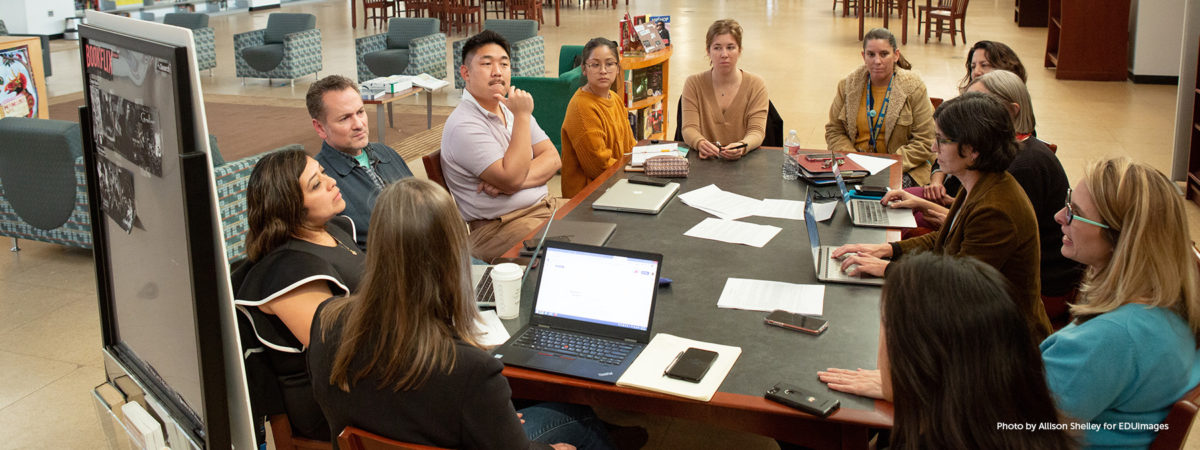
When the COVID-19 pandemic hit and emergency remote learning became the new normal, school leaders were overwhelmed by competing demands, limited capacity, and the need to develop new instructional frameworks on the fly.
Many of you don’t need the reminder. You lived and led through this experience yourselves.
When we formed the Michigan Virtual Learning Continuity Workgroup in April 2020, we knew these struggles all too well. Despite being incredibly busy, each classroom teacher, building administrator, and district-level leader in this group joined with the noble goal of creating practical resources for fellow educators struggling through the transition to emergency remote learning.
While the focus of many public conversations during this time was understandably on the logistics of keeping students safe, we also recognized the need for long-term solutions, particularly developing scalable delivery models that enable students to learn at any time, any place, and any pace.
As our group began meeting, it quickly became apparent that we had a long list of shared challenges and limited time to address them. Using the process outlined in this article, we were able to organize our work and create crowdsourced resources through KeepMichiganLearning.org. In this case, the “crowd” included the 25 educators participating in our leadership group whose collective expertise was leveraged.
Below are our top three lessons learned through this experience. Whether you’re a teacher, administrator, or educational leader, we hope these tips will be helpful as you face your next big challenge requiring an innovative solution.
When our group first began meeting, the number of challenges we faced individually felt overwhelming. The more we talked, we discovered that we had a greater number of shared challenges than we did unique ones.
We started a running document listing these shared challenges—a rather therapeutic exercise. At the end of the day, the list was still overwhelming, but at least it was laid out before us so we could begin tackling it together.
To apply this lesson at home, gather a group of your peers. Start crowdsourcing a list of the professional challenges you’re facing and see if any common themes emerge. You may find that you are not alone in facing these challenges and that others can offer support and solutions.
When faced with a long list of shared challenges, it was tempting to jump into brainstorming solutions for all of them. But we quickly realized that we needed to prioritize the most pressing issues.
In our case, during the COVID-19 pandemic, the top three challenges we identified were:
To apply this practice among peers, take your list of shared challenges and vote for your top three priorities. With a smaller, more manageable list, you’ll see quicker progress and feel more motivated to keep going.
Even after prioritizing our top three shared challenges, we still had a fair share of work
cut out for us. Each was a big, messy problem that couldn’t be solved with a flip of the switch.
Instead of trying to tackle everything with our large group, we divided into three subcommittees, each led by a group member who was passionate about this particular area. As a result, we created three valuable resources for educators:
To apply this lesson in your educational community, consider empowering small groups to take charge of one facet of your larger project. Sometimes, you can get more done with fewer cooks in the kitchen!
It’s easy to feel alone amidst all the pressures weighing on K-12 educators, but we truly do better together. By crowdsourcing a list of shared challenges, prioritizing your efforts, and empowering small groups to tackle specific issues, you can streamline your work and make the most of your time and resources.
If you’re interested in trying out a similar approach, many free resources are available, including our guide on design-thinking approaches. Whatever method you choose, the key is to work collaboratively and focus on the issues that will have the greatest impact.

We want to hear from you!
Please take this 5-minute survey and help us serve you better.
